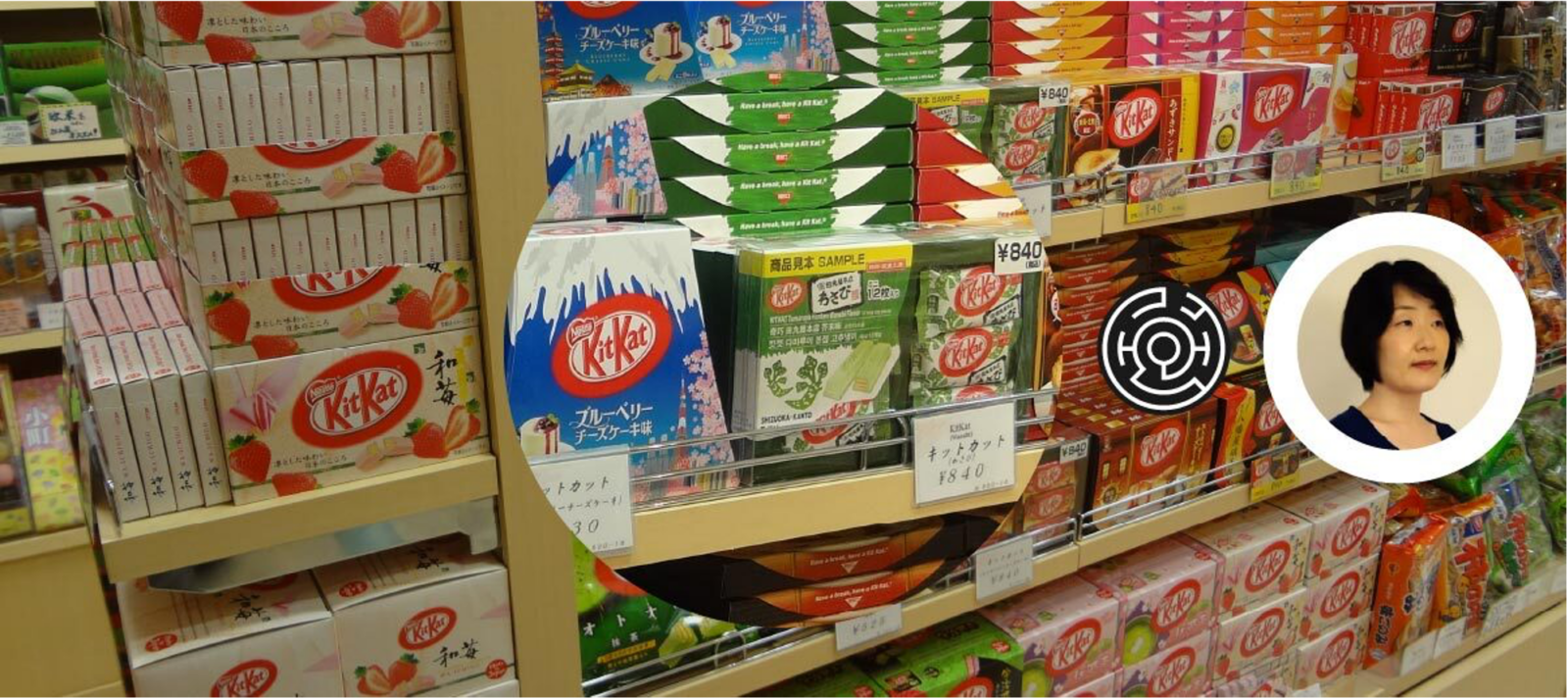The culture of Japan is rich and unique
Japan is one of the world’s oldest countries. It has a rich and colourful culture dating back to the prehistoric period of Jōmon (between c. 14,000-300 BCE). The traditions of Japan are unique because of its island geography. Also, the Tokugawa shogunate regime kept Japan isolated from the rest of the world for over two centuries (the Edo period, from 1603 to 1868).
Japan is very proud and protective of its traditional customs and culture. But not to the extent that it doesn’t welcome other influences. Over the years, Japan has layered trends, rituals and ideas from other regions over existing customs. The result is something ‘new’, but always with a distinctive Japanese flavour.
High-quality brands that connect with Japan’s culture win loyalty
I think that the most successful adoptions of Western brands in Japan have followed a similar process. Overseas brands can be very successful if they have an established, admirable reputation. Honour and reputation are important in Japanese culture, so brand values centred on quality, performance and heritage resonate well (Louis Vuitton earns half its global profits from its 60 stores in Japan). But those brands that go the extra mile to connect with Japanese culture earn extra loyalty.
Products for the home are carefully chosen and purchased
The French brand, Le Creuset, is world-renowned for its hand-crafted cast iron cooking utensils that come with a lifetime warranty. In many regions around the world, the brand is associated with the colour of its original orange enamel. Product lines are now available in other colours, but this signature ‘Volcanic’ orange is still the best-selling line in the brand’s native France. However, when Le Creuset launched in Japan, the market preferred pastel shades and so we associate these types of colours with the brand. Le Creuset also produces special editions that acknowledge important emblems in Japanese culture, for example, The Flower Collection, which is inspired by our much-loved Sakura (Cherry Blossom). Products for the home are very carefully chosen and purchased in Japan. The dense population means that homes are often compact, so every product has to earn its place and add something very special.
Gifting is a big part of Japanese culture
Another example of an overseas brand that has localised well in Japan, is the famous Kit Kat chocolate bar. Originally an English product introduced to Japan in the 1970s, it rapidly became Japan’s favourite confectionery product. We pronounce Kit Kat as ‘kitto katto’, which sounds very familiar to the Japanese phrase, ‘kitto katsu’, which translates to, ‘you will surely win’. The brand’s marketing capitalised on this and the fact that gifting is a big part of Japanese culture. Kit Kat’s strategy was to position the chocolate bar as a good luck charm. It quickly became customary to give Kit Kats to people you wish the best for. For example, many bars of Kit Kat are given to children before the exam season. Over 300 flavours of Kit Kat are available here in Japan, with many being very specific to our culture (for example, Sake, Cherry Blossom and Green Tea). You can read more about Kit Kat’s marketing in Japan in this article.
Localisation strategies that celebrate Japan’s culture win loyalty
Many international brands and products are well-received in Japan, but success is rarely down to translated packaging or a few minor changes made to the global game plan. Localisation strategies that really understand, incorporate and celebrate elements of our unique culture are those that win the respect and loyalty of Japanese people.
 Maya is an intO Local Researcher, specialising in design research and product design.
Maya is an intO Local Researcher, specialising in design research and product design.
With her experience as a product designer in the UK and Japan, she has worked with international clients for new product development and design strategy projects. In her creative practice, Maya adopts an ethnographic approach, which allows her to identify new people-focused opportunities. Maya has lived in the UK, and is currently based in Japan. She speaks Japanese and English.
Brand Strategy Uncategorized Publications Branding Research




